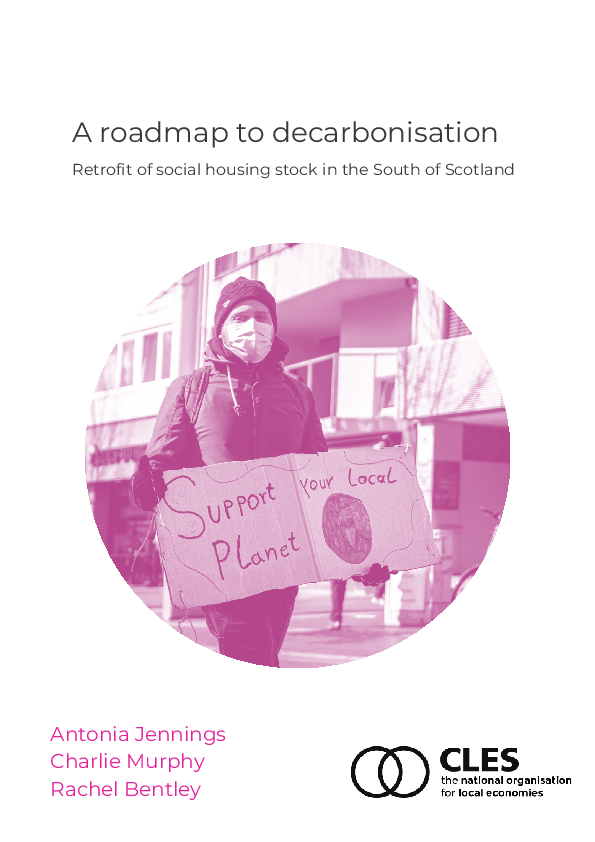5 ways for the government to keep the good in planning
This article originally appeared in the Local Government Chronicle.
Two months in, there is no doubt that Labour are committed to delivering on their manifesto promises to “rip up the rule book on planning”. The new government have placed planning reforms at the heart of their mission to drive growth, proposed a Planning and Infrastructure Bill in the King’s Speech and, barely two days after their landslide victory, announced a consultation on a new National Planning Policy Framework (NPPF).
When complete, the new NPPF will act as a guide for local planning authorities and developers by outlining the government’s planning policies and how they should be applied locally. And, even within the language of the consultation, we can read the runes on where the government places the blame for the lack of delivery on housebuilding and infrastructure projects in the UK. “Our antiquated planning system delays too many [development] projects, stymieing Britain’s ability to grow its way to prosperity”, it reads. But, in setting its sights on the system itself, is the government overlooking an important piece of the puzzle?











